Toby: the Secret Mine is a game created with a very clear idea of what it wants to be. What it wants to be is Limbo. It isn’t. But in its failure to reach that height it shows what made Limbo so very special.
I bought Limbo for 360 when it first came out but never played it. I got a free upgrade when it was ported to Xbox One in 2014, and then played it in July 2016 in preparation for Inside, which I finished the next week. I thought Limbo held up incredibly well in 2016, and Inside was one of my favorite games of that year, so I am definitely in the target audience for this kind of puzzle platformer. I didn’t hear any buzz about Toby when it was released in 2015 but I decided to try it out because it was cheap, short, and seemed like something I might enjoy.
I only paid $3 for it and at 2 hours it was definitely short. As for enjoyable…well…
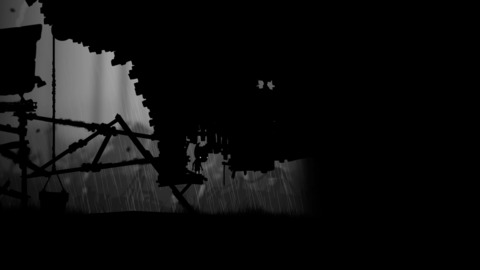
Toby is not a terrible game. You play a short little imp-like creature who has the ability to walk pretty slowly, jump, activate switches, hold keys, and push/break certain objects in the environment. With that simple tool set you have to get from left to right across 21 levels of puzzle platforming. There a few different environments in the game, including a snow area and a desert area, but each has the same basic elements of otherworldly machinery, deadly pits, collapsing platforms, dangerous creatures, and traps that can kill in a single hit. Toby can also find 26 of his captured “friends” in cages, though those are the only collectibles. When you die you respawn quickly at a checkpoint, which are generous enough that the game is rarely frustrating.

Toby: the Secret Mine has a decent look to it (even if that look is ‘heavily inspired’ by Limbo) with a mostly black and white playfield set in front of some intricate and colorful backgrounds. The sound and music are fine, if mostly ambient in style and not particularly memorable. The control is stiff in the same way Limbo’s is, and the storytelling is sparse and environmental, but the game mostly functions (I got caught on ledges and such fairly frequently) and while the first half of the game is very easy the back half has some challenging sequences that require careful observation of the environment and skillful timing. The problem is that despite its overall competence, Toby doesn’t have the spark of creativity that made Limbo such a joy. Limbo was a twisted version of our world, with recognizable elements including buildings and language jumbled up to create this foreboding area to trek through. It coupled that with shocking violence towards a child, and some really clever and intuitive environmental puzzles and challenges, to create a nearly perfect game that accomplished everything it set out to do efficiently and with no filler. As good an experience as it is it’s even more impressive as an efficient act of game design, packing dozens of memorable moments into a very short running time.
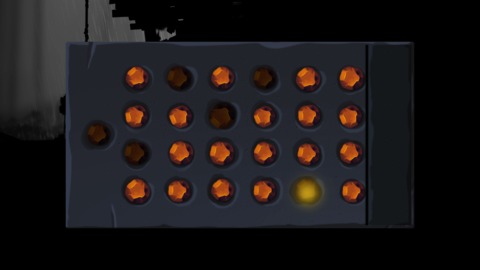
Toby is a series of box and switch puzzles with some okay music and stark visuals that never seem to cohere into a world that feels substantial. It’s full of cheap deaths and memorization sequences and areas where what you have to do is both obvious and not very difficult, but requires some patience. Memorization and forced patience are two of my least favorite things in games, and if Toby was a little longer, or the checkpoints a little less forgiving, I likely would have given up well before the end.
But Limbo required memorization and patience, and was also full of cheap deaths, and I loved it. So what, exactly, is missing here? I’d say two main things. The first is the careful visual polish of Limbo. Toby’s world is not as carefully constructed as Limbo’s. It has no particular internal logic, there’s nothing really going on in the game's environments other than your character passing through them, and it just feels like a game rather than a real and haunting place. Toby also lacks Limbo’s varied death animations. When Toby dies his eyes go out and he slumps over, but he is never decapitated or drowned or crushed or any of that. While it may seem sadistic to say those animations were part of what made Limbo great, they offered more than just the entertainment factor of seeing a small kid graphically dismembered. They also connected you with your character. In a game with no gameplay cost to dying, having to see the little guy suffer gave you incentive to survive beyond just advancing in the game. You felt good when you guided him safely past a few difficult hazards and bad when you mistimed a jump and he got cut in half. Because Toby just slumps over there’s not the same feeling of investment, making the game less emotionally affecting.
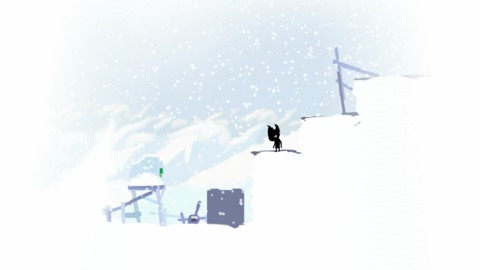
In addition, Toby’s level design is much less interesting than Limbo’s. While there’s some verticality to some of the levels most of them are just horizontal left to right affairs. Toby also has many fewer mechanics than Limbo did. There are some switches and platforms that you can cause to sway, as well as a couple vehicle type segments, but the vast majority of the game just involves avoiding basic hazards and there’s nothing as inventive as Limbo’s autorunner brain worm, or complex water puzzles. Toby is also fond of false walls that you can walk through, and breakable floors you have to stomp on, neither of which receive much visual signposting (though there’s a special sound effect when you walk across a breakable floor) and both of which are more annoying than interesting as mechanics. There was one segment with an arrow trap that triggers when you walk through a bream of light and I probably spent fifteen minutes trying to position myself to avoid being hit by any of the arrows (I think I succeeded a few times but the game kills you anyway.) The actual way to get past that part is to backtrack and stomp through a breakable floor to a secret underground passage (I did figure this out eventually). Then later there are similar arrow traps that you CAN survive through careful positioning. This kind of annoying inconsistency and visually unclear gameplay shows how Toby doesn’t rise to Limbo’s level as a game, not just an audiovisual experience.
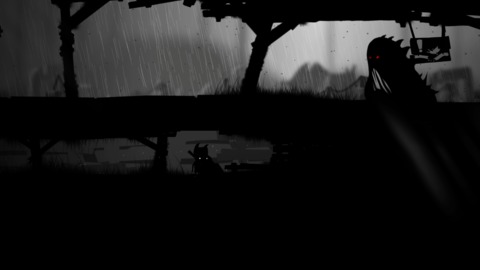
It took me about 2 hours to get through Toby and despite my complaints I didn’t hate it by the end. The last level is an unfair pseudo boss fight where it’s easy to die to random chance, after which you’re offered a meaningless choice to see two endings. It’s telling that even after I’d beaten it once and knew exactly what to do it took me over 10 minutes to do it again to get the other ending, but it’s also telling that I actually did want to see that other ending (and get its attached achievement.) Toby is definitely an example of less is more. 4 hours of an uninspired Limbo clone would have been too much, but 2 hours was mildly entertaining. On the other hand, Toby only cost me $3 on sale, while it’s $15 right now on PSN and $10 on Steam, which is the same price as Limbo (on sale for $2 on PSN as of this writing, and definitely a steal at that price.)
If you can get Toby for $3 and have an affinity for puzzle platformers, it’s probably worth picking up. 2 hours is not a major investment, and the game is competently made. But its real value lies in showing how much polish matters in game production, and just how good Limbo really is.

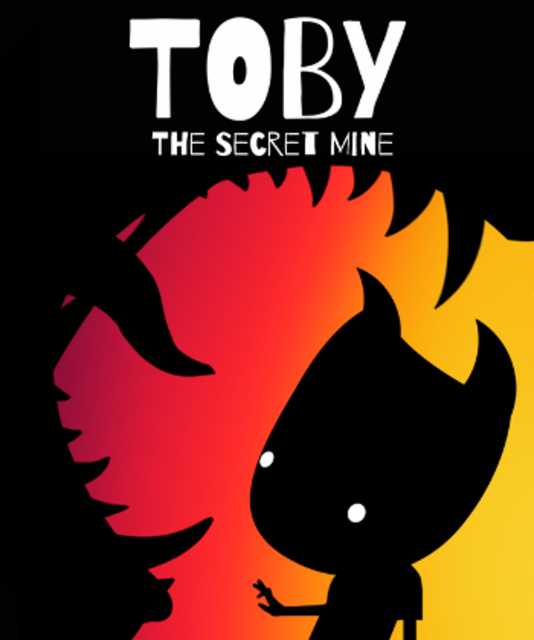
Log in to comment